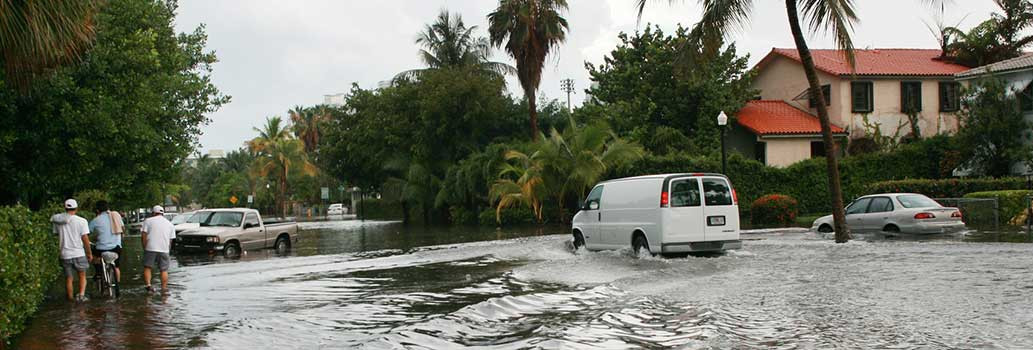Shelter in Place
During an emergency, an emergency alert might require the public to shelter in place by taking refuge indoors.
Sheltering in place offers immediate protection for a short time in your home or other building. It is the best way to protect yourself from a hazard and is a safer alternative than evacuation.
Potentially hazardous events that might occur in Miami-Dade County requiring residents to shelter in place include:
- Hurricanes or tornadoes
- Chemical or other hazardous material releases (e.g., industrial accident or act of terrorism)
- Wildfires Radiation releases (e.g., from a nuclear power plant incident or act of terrorism)
In the event of an emergency, Miami-Dade County officials will issue an emergency alert on radio or television that instructs the public to shelter in place. Listen for updates because changing conditions could alter recommendations.
During an emergency, Emergency Alert System messages will announce what protective measures are most appropriate.
For all emergencies requiring shelter in place, be sure to:
- Go indoors to your designated shelter-in-place room or area.
- Make sure all family members and pets are with you.
- Bring your emergency supply kit with you.
- For hurricanes or tornadoes, protect yourself with a mattress or padding.
- For wildfires, turn ON air conditioners and ventilation systems; breathe through a damp cloth.
- For a chemical, radiological, or biological threat, use plastic sheeting and duct tape to seal off windows, doors, and vents. Turn OFF fans and air conditioners.
- Don't use gas, propane, or kerosene appliances; vapors might be toxic.
- Listen to your radio or TV for emergency information.
- Stay indoors until given the "all clear" signal or other instructions.
General Planning
- Prepare a family emergency plan. Include plans for sheltering in place, evacuation, communicating with your family and caring for pets.
- Learn about warning sirens where you live. If you live within the Emergency Planning Zone of a nuclear power plant, become familiar with that siren and when it's being tested.
- Choose a room in which to shelter. It should be an interior room with few or no windows, doors or vents. If possible, choose a room with a water supply and a hard-wired telephone.
- Prepare an emergency supply kit.
- Know which local radio and TV stations broadcast emergency information.
- Pre-cut pieces of plastic sheeting to seal cracks around windows, doors and vents in case of a chemical, radiological or biological threat (to prevent air contaminants from entering the room).
- Learn CPR and first aid.
- Designate a contact person outside of your area for family members to call during an emergency to report where they are.
Safe Rooms
A safe room is a reinforced area of your home or building designed to withstand severe wind storms and chemical, radiological and biological threats.- Learn more information on safe rooms and how to build one in your home.
If you do not have a reinforced safe room, designate an interior room with few or no windows or external doors (e.g., a hall closet) as a temporary safe room. If you have not been told to evacuate, use your designated safe room to help protect you during an emergency.
A non-reinforced safe room is not typically suitable for protection in a mobile home during high-wind emergencies.
Recovery after an emergency
Local officials will inform the public when they are confident that the threat has ended. The four options for ending shelter in place are:
- Resume normal activity with no restrictions
- Ventilate the shelter but remain indoors
- Exit the shelter
- Relocate to a designated facility

Emergency Management
Pete Gomez
R. David Paulison Fire Rescue Headquarters
9300 NW 41st St,
Miami, FL 33178-2414
305-468-5400 | [email protected]
